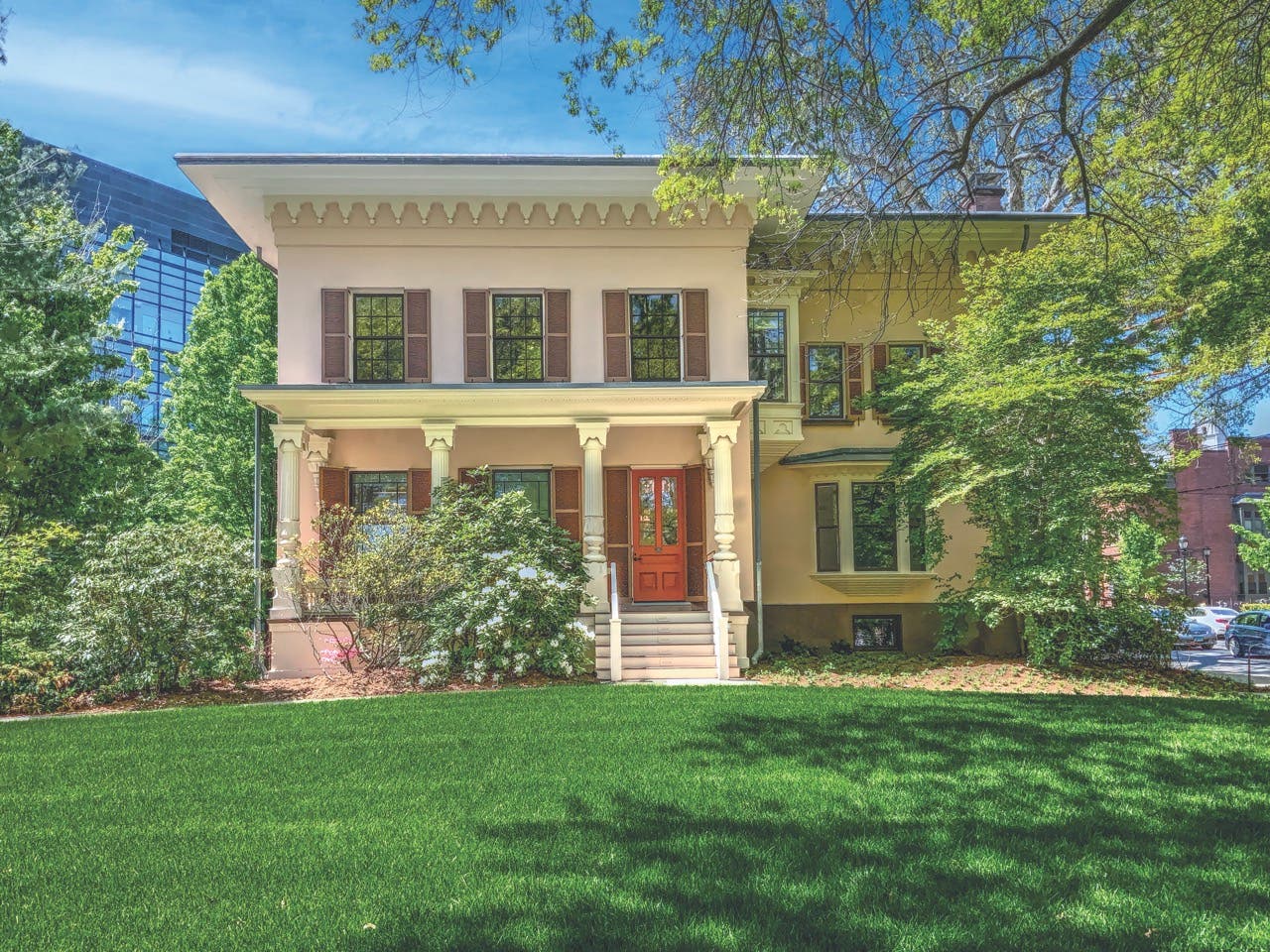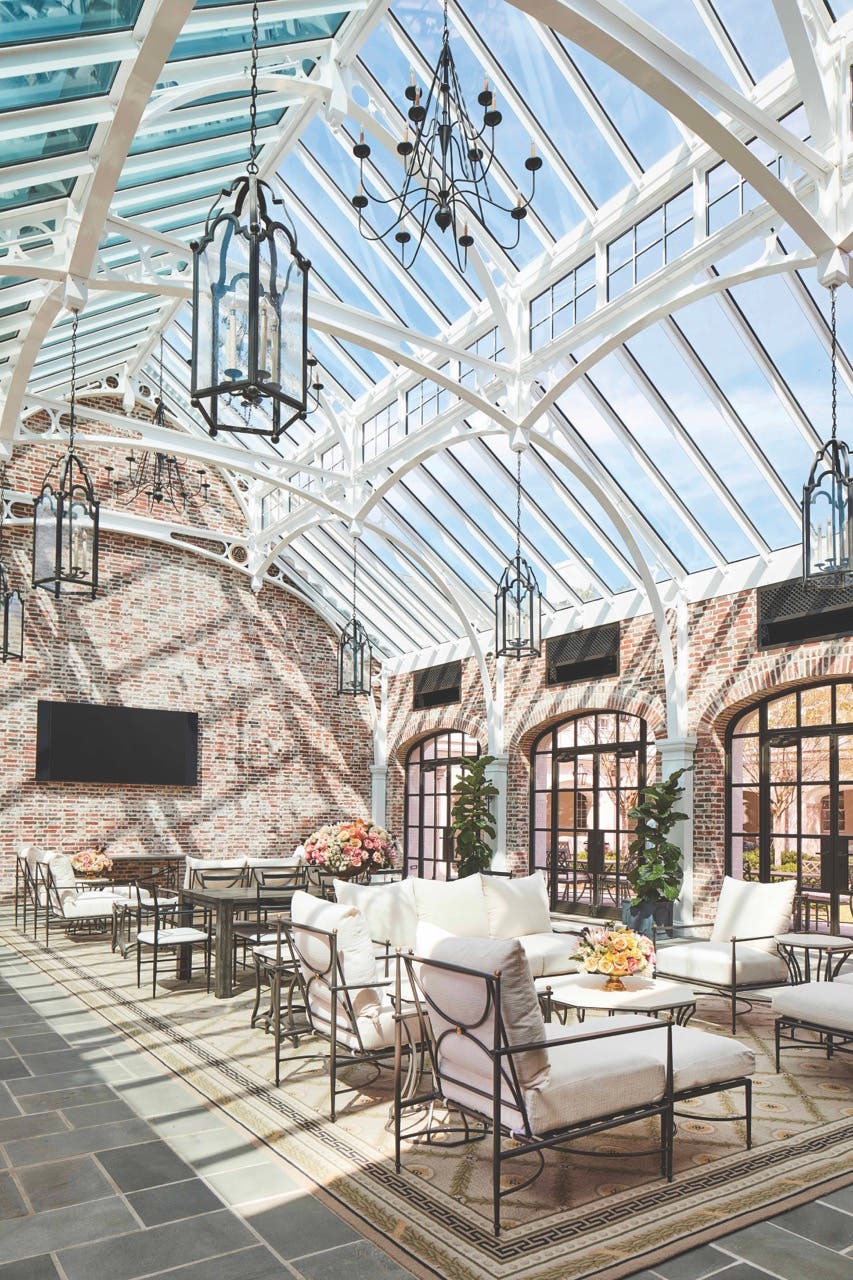
Product Reports
Conservatories
Glass structures, whether greenhouses, conservatories, orangeries or garden follies, serve as windows to the great outdoors, blurring the lines between indoor and outdoor spaces to connect us with nature.
Here are some of the companies that are creating these windowed wonders.
Hartley Botanic
The maker of the only Glasshouses and Greenhouses endorsed by the UK’s Royal Horticultural Society, the world’s leading garden charity, Hartley Botanic has been handcrafting its custom luxury aluminum structures for over 85 years.
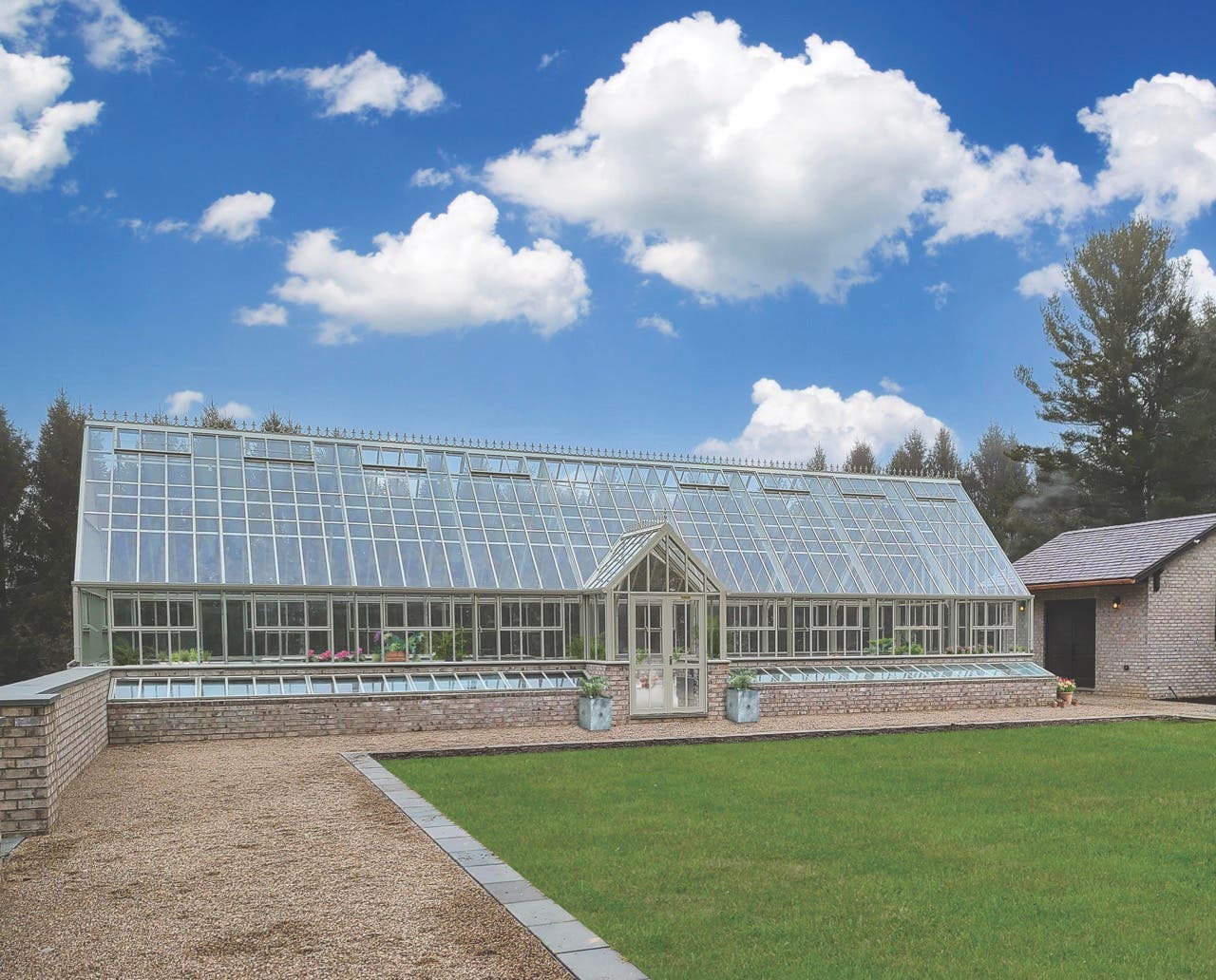
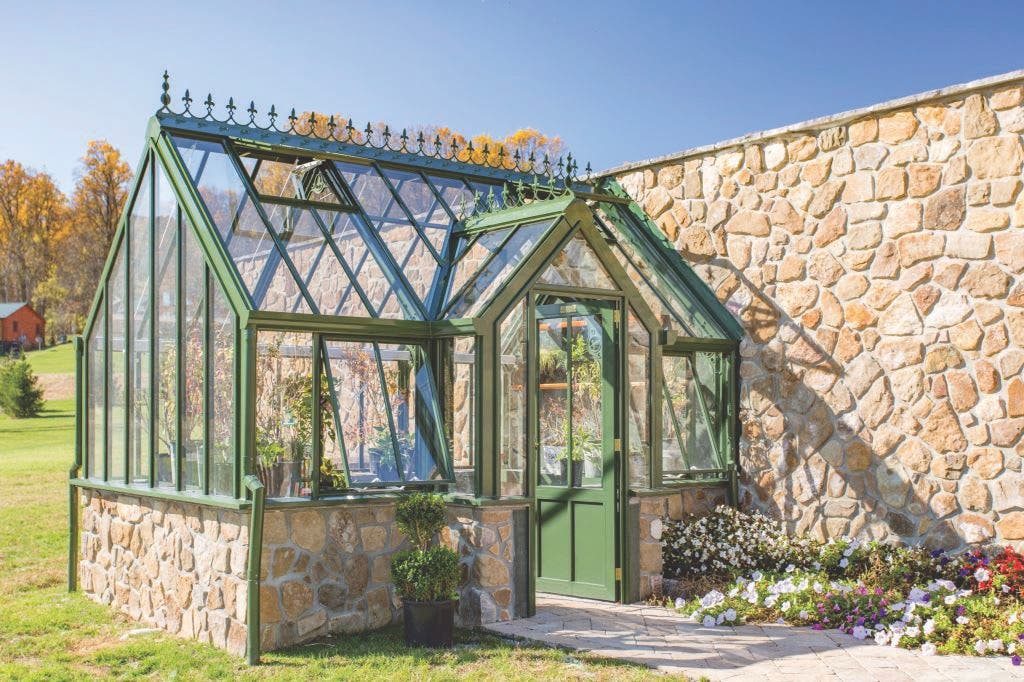
The Greenhouses, which come with a 30-year guarantee and range in style from Victorian to Modern, are made in a century-old factory in Lancashire, England.
“Hartley Botanic has never lost sight of its founding ambition to make “the finest Glasshouses money can buy,” says President Neal Bobrick. “The business has an uncompromising commitment to excellence in its traditional, time-honored approach to engineering, craftsmanship, and to making the gardening dreams of customers a reality.”
Noting that the company has been selling internationally for many years, Bobrick says “there is a wealth of knowledge built into every Hartley Botanic Glasshouse. Generations of customers have put their trust in the hands of expert, time-served, highly skilled craftsmen.”
Hartley Botanic’s newest Glasshouse, a Victorian Pavilion, is the largest in its collection. “It makes an opulent garden statement, providing customers with a unique opportunity to create their very own indoor botanical garden,” Bobrick says.
Renaissance Conservatories
The custom conservatories, greenhouses, roof glazing systems, skylights, and specialty windows and doors manufactured by Renaissance Conservatories are made to order.
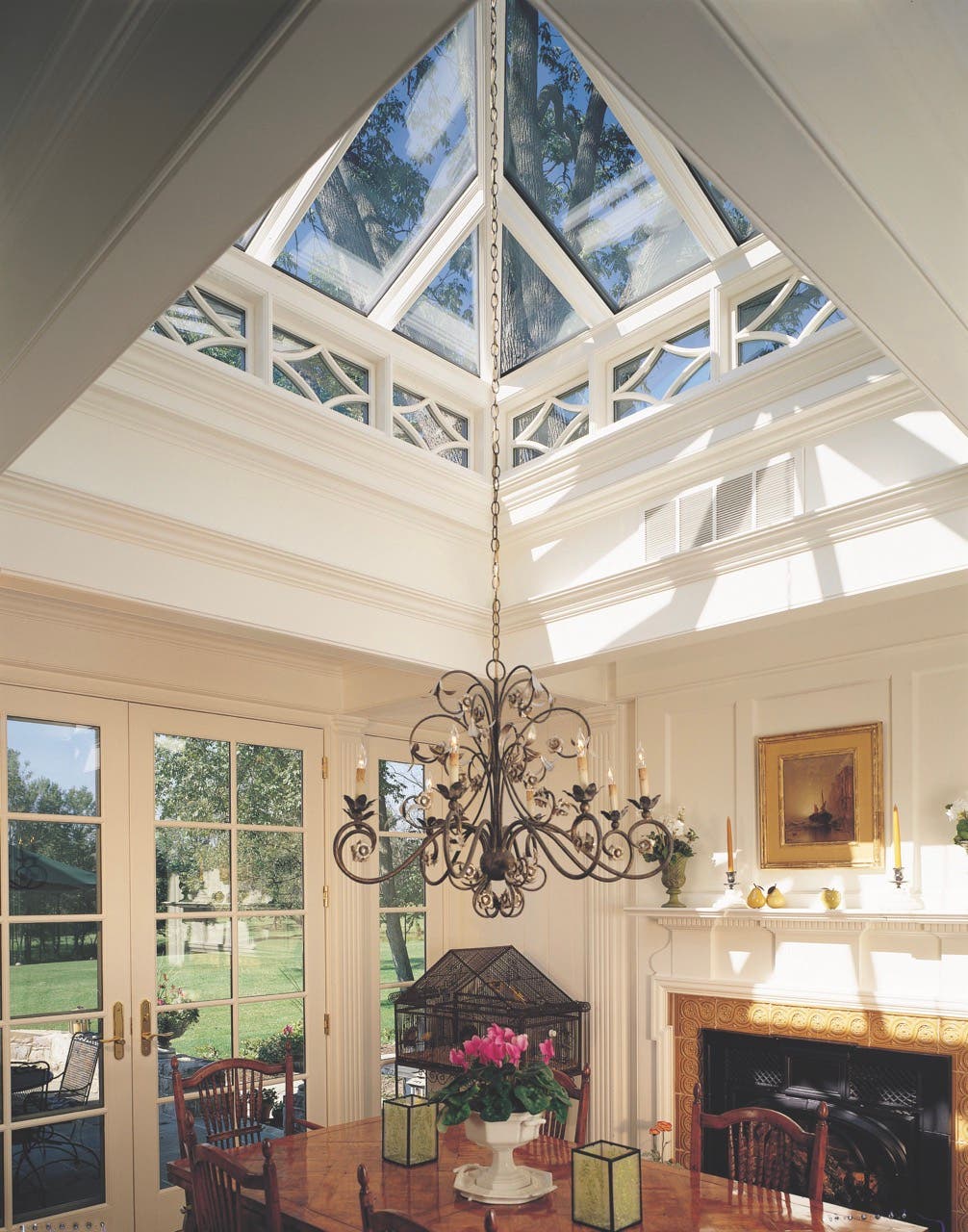
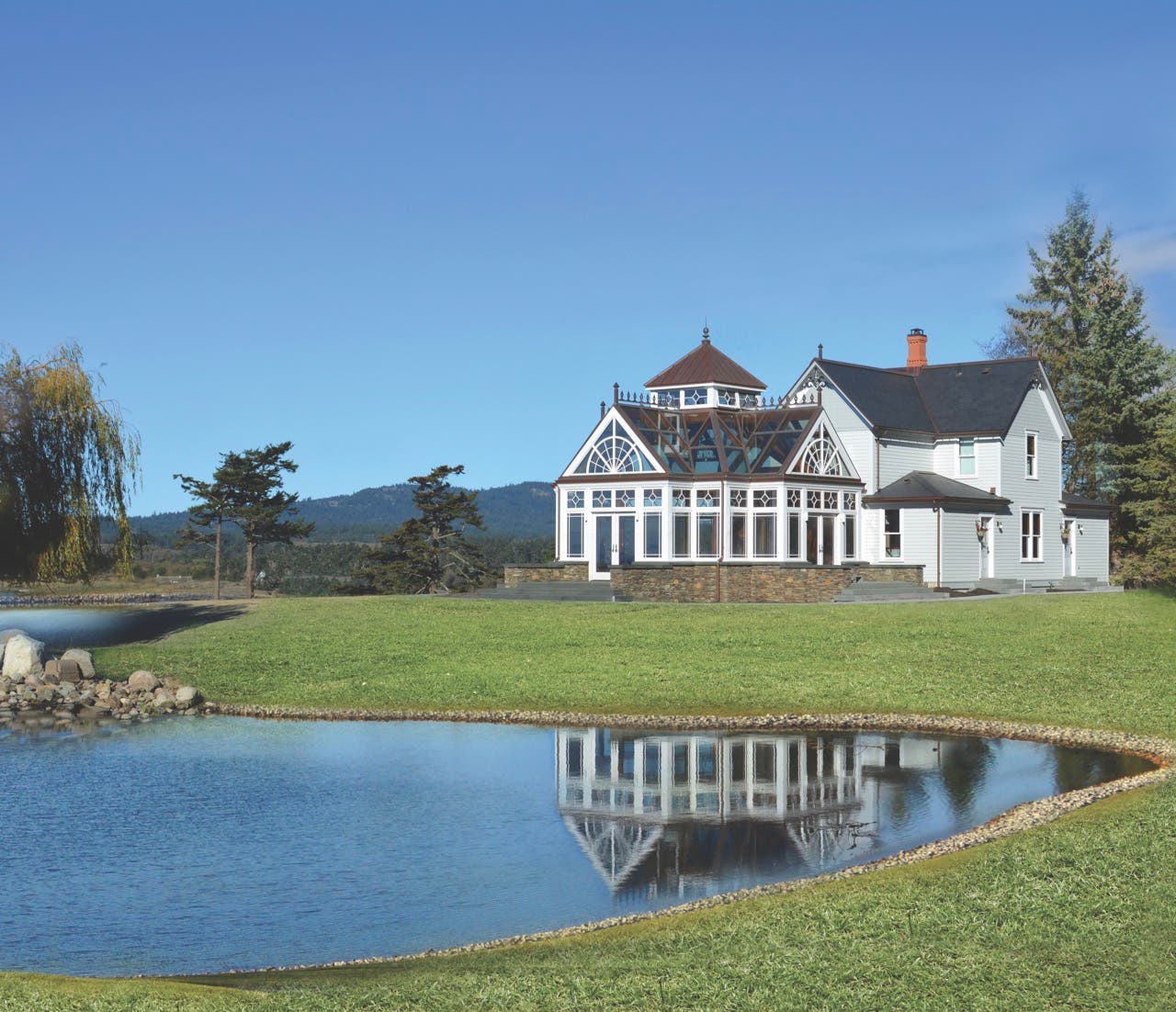
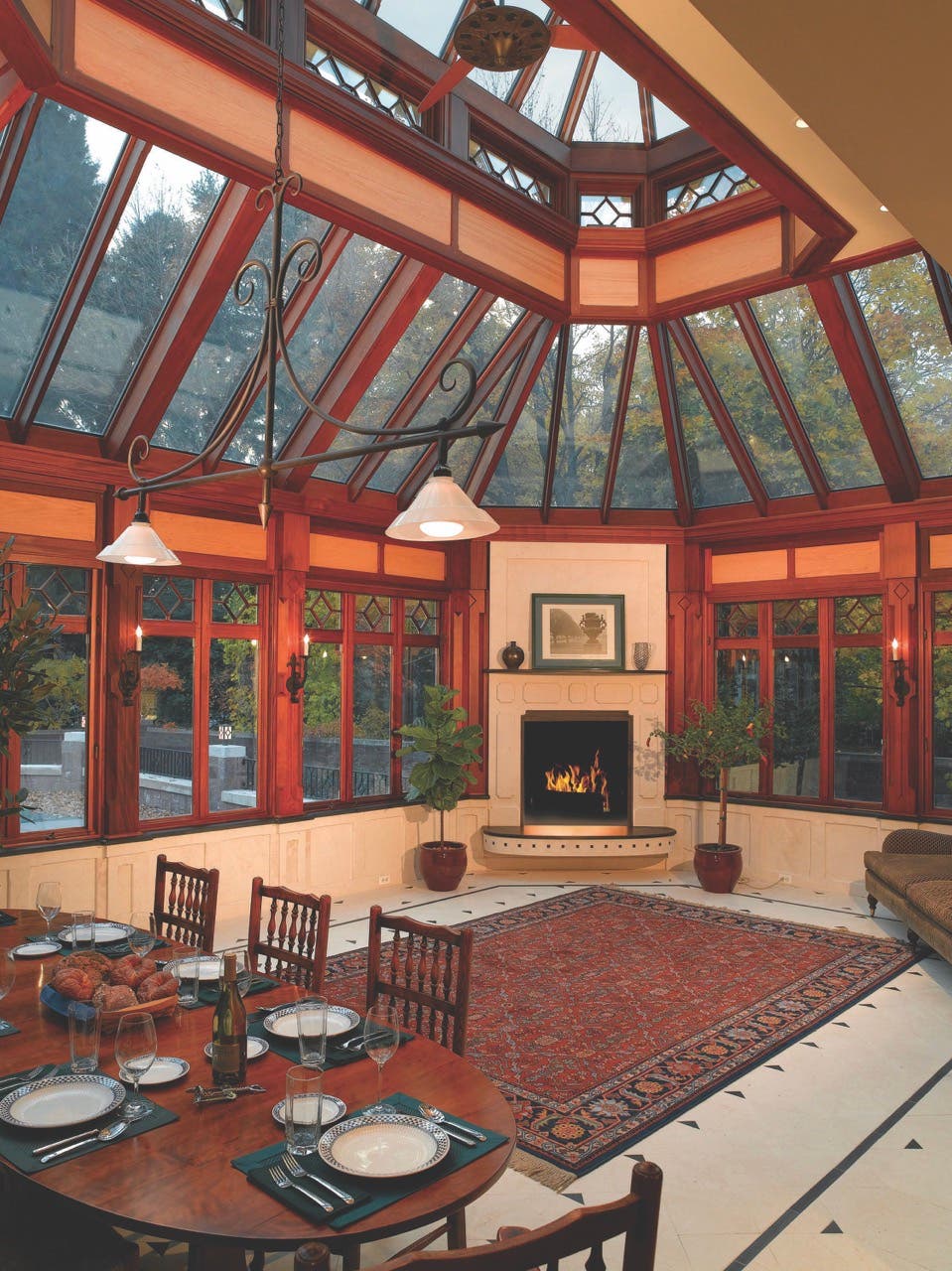
The Pennsylvania-based company, which frequently works with architects, frames its products in wood–cedro mahogany, Honduran mahogany, various African mahoganies and oak.
“Every project is designed to meet, or exceed, whatever the local building code requirements are for earthquakes, hurricanes, and snow loads,” says Steve Pearson, an estimator with the company, which has been in business since 1997 and employs a dozen full-time workers, plus some specialty subcontractors.
Jason Sawyer, the company’s owner, is a carpenter by trade. “I am present on every project Renaissance installs from start to finish,” he says. “Every project on our company’s website, or Portfolio Book, has been constructed by one of our in-house installation teams and supervised by me.”
Building conservatories all over North America for more than a quarter century, Sawyer has worked with some of the world’s leading builders and architects.
“From this experience having worked hands-on in the field, I’m able to bring all that I have learned back to our CAD design team, and apply it to our next projects,” he says.
Pearson notes that seeing the transformation Renaissance Conservatories’ products make in each project is exciting. “We, as a group, enjoy being able to provide the sort of products that create a unique look, and a wow factor, to additions, renovations, and new-construction projects,” he says.
Tanglewood Conservatories
Founders Alan Stein and Nancy Virts fell in love with conservatories nearly 30 years ago, establishing Tanglewood Conservatories to create custom conservatories, estate greenhouses, pool enclosures, skylights, domes, canopies, and gazebos, and garden follies.
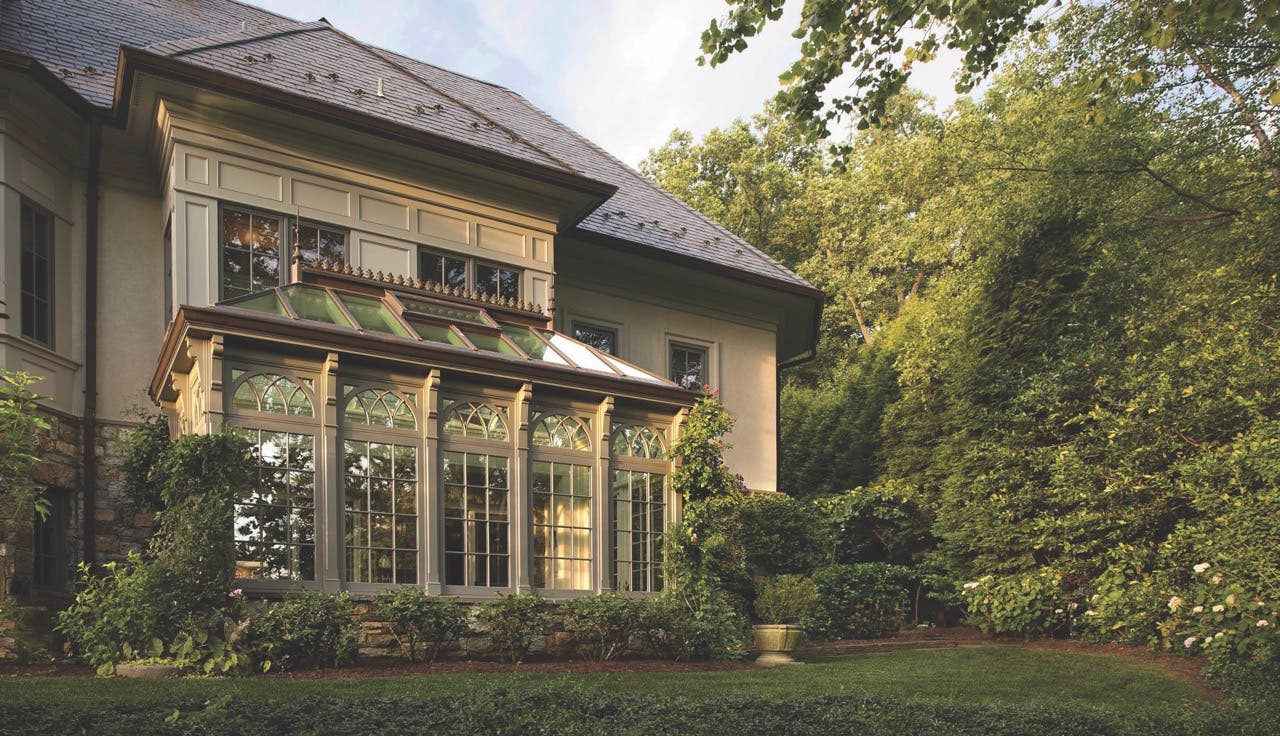
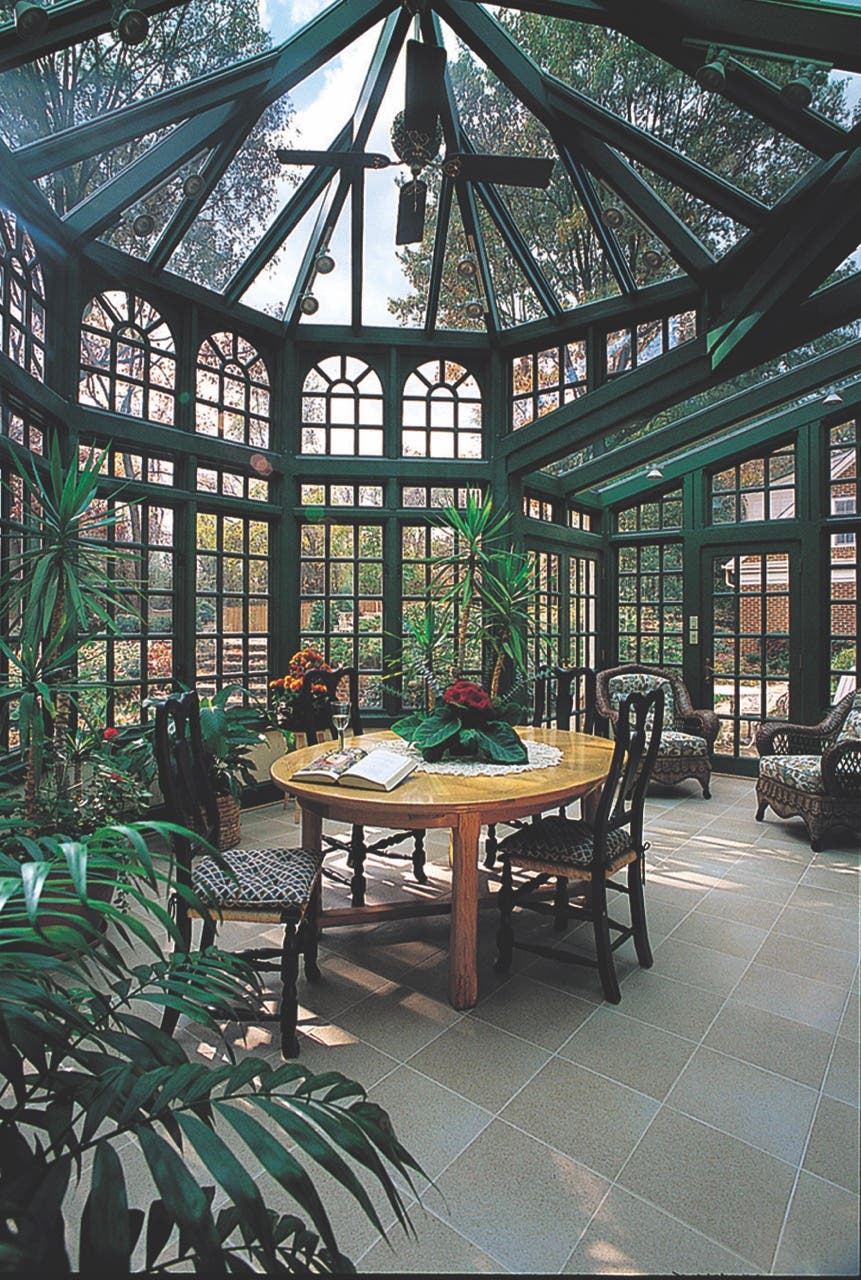
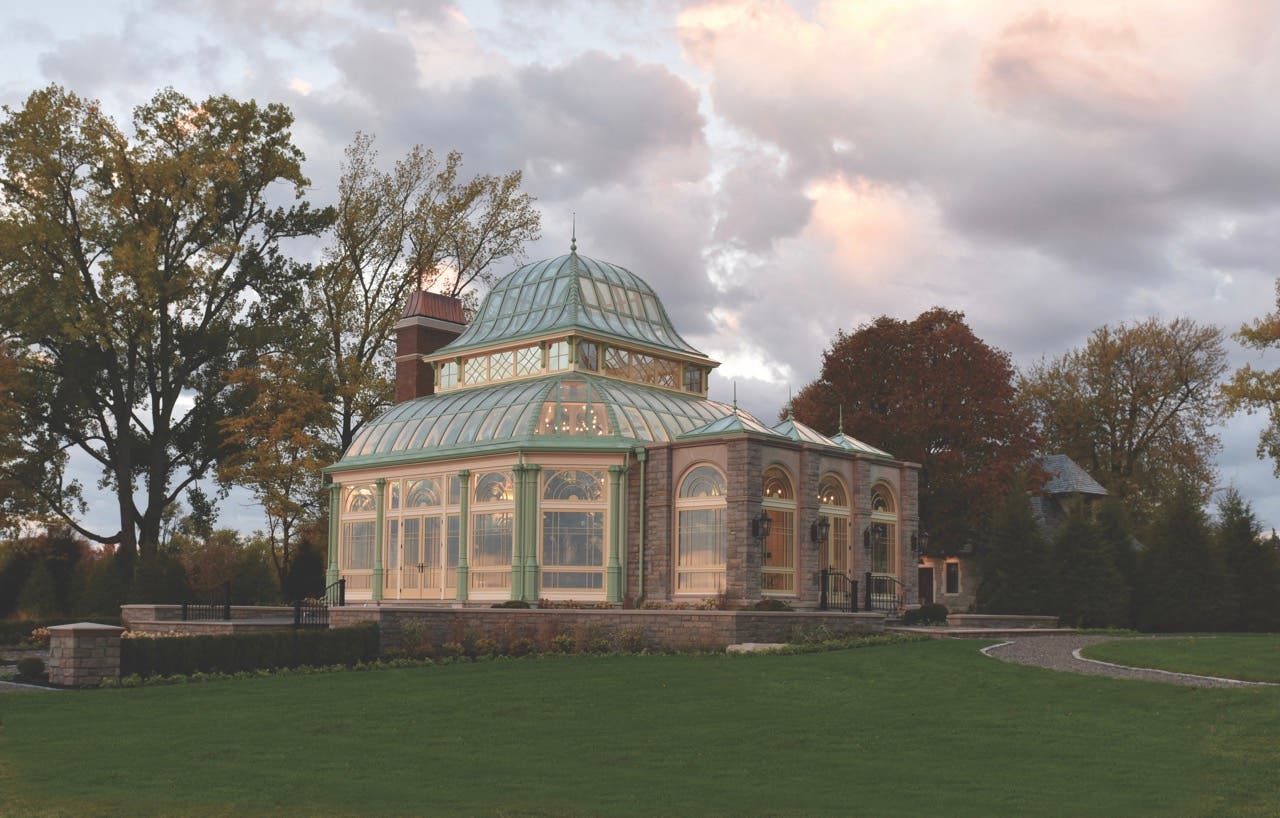
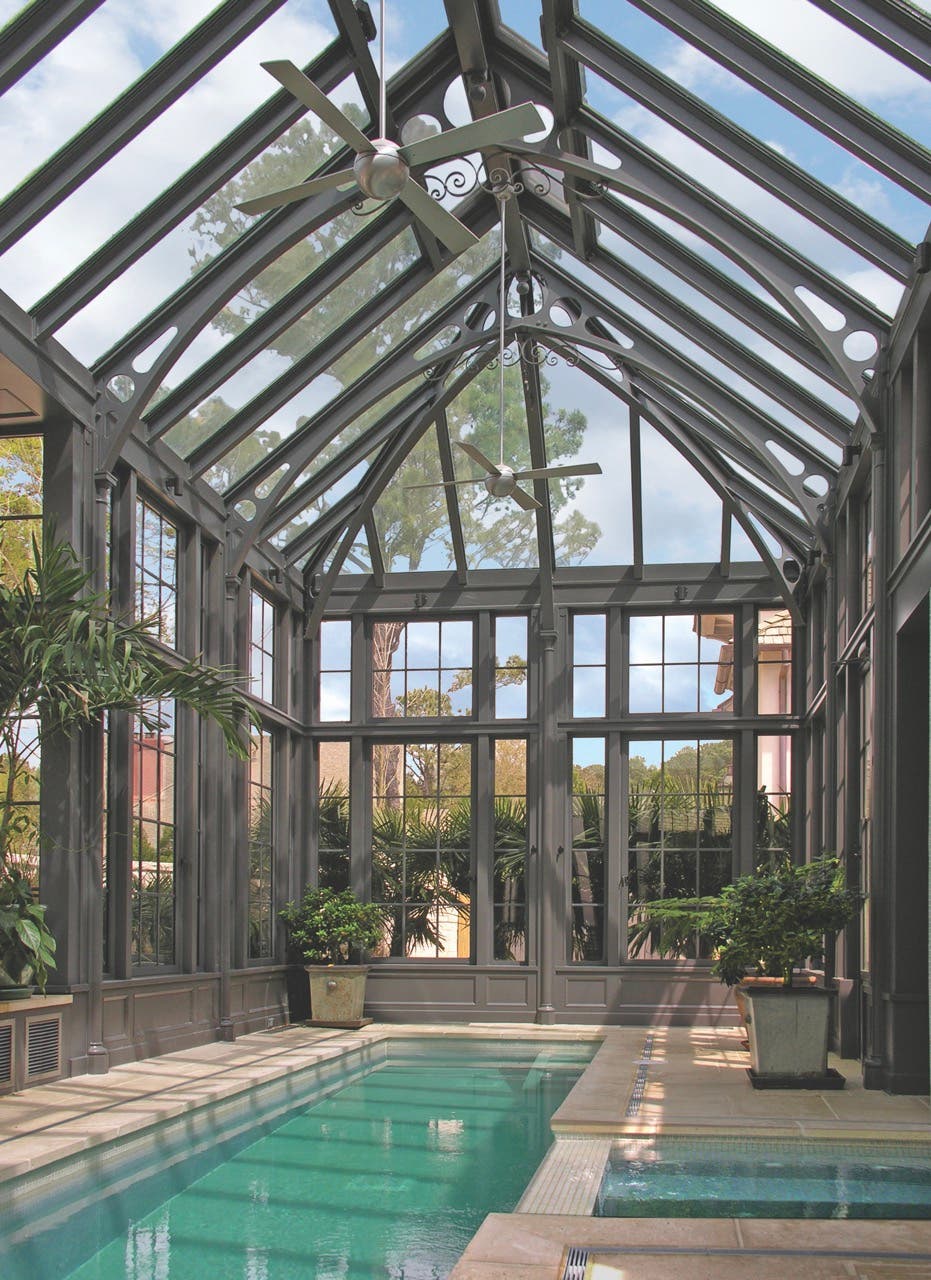
So smitten were they that they hopped on a plane to England, where they spent several weeks studying the architecture of conservatories before designing their first commission. Since then, they have traveled the world, deepening their knowledge and appreciation of these glass houses.
The architect-husband and designer-wife duo, authors of “The Conservatory: Gardens Under Glass” (Princeton Architectural Press, 2020), which proves a concise history and survey of the form. They say that each project “becomes an architecturally significant and technologically advanced synthesis of the architect’s vision, client’s dreams, and Tanglewood’s expertise.”
Dedicated to designing the “most beautiful, high-quality” conservatories in the world, Stein and Virts, through their nonprofit, The Untangled Minds Foundation, have developed continuous learning programs for high school students who want to pursue careers in the manufacturing trades and have created programs for architects to expand their understanding of conservatory architecture through their Conservatory Heritage Society.
Virts, who calls conservatories “magical, delightful, otherworldly spaces,” says owners “speak of them as if they were alive; these spaces nurture the soul and lay a balm on the cares of modern life.”
Noting that “there is so much we can learn from the history of conservatories,” Stein says that “it is our hope that in sharing what we have learned with our community, people continue to admire and appreciate this style of architecture. We have to preserve and celebrate these architectural legends and what they stand for.” TB




